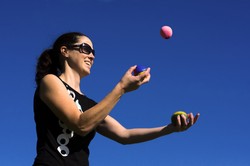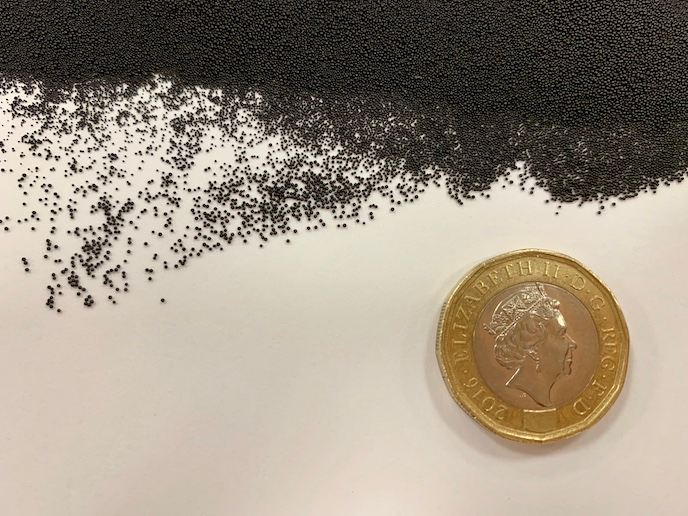Eye-hand coordination in the brain
Eye-hand coordination for intercepting objects is a complex process involving accurate anticipation and assessment of position and timing. Scientists of the EYEHAND (Eye-hand coordination in space and time) project studied the neural mechanisms involved in eye-hand coordination using behavioural manipulations and transcranial magnetic stimulation (TMS). TMS is a technique that allows the non-invasive stimulation of nerve cells in the brain via magnetic fields. Studies on intercepting visually occluded objects revealed spatial errors that suggested the perception of target motion direction is biased. Project members developed a virtual reality simulator for cricket batsmen and one for goalkeepers facing free kicks. The latter was used to study goalkeeper behaviour when vision is blocked by a wall of players. Researchers also obtained eye-hand coordination data from 20 expert jugglers. These studies, the results of which are currently being analysed, can provide insights into what it takes to be an expert, which has applications in the context of training and recovery after injury. EYEHAND researchers also focused on the role of the superior parietal occipital cortex and medial intraparietal sulcus during manual interception. Using TMS, they assessed whether these brain areas are involved in determining current or predicted target position. Further TMS experiments on interceptive timing using variations in motor cortical excitability prior to movement onset are ongoing. EU funding has facilitated the creation of a research lab that studies eye-hand coordination with real-life applications in mind. EYEHAND activities have shed novel light on factors involved in target interception. Further studies could aid in developing strategies to improve neurorehabilitation training as well as optimizing cybernetic arms that can be controlled by thought.







